We understand that the challenge of designing a playground can be quite daunting. Fear of litigation and lack of experience can be a huge challenge to face. At PlayEquip, we believe that by providing our clients with specialised design assistance we enhance their creativity and confidence in developing exceptional play spaces. Our unique approach to designing, fabricating, and installing playground equipment offers clients the opportunity to explore the full potential of their ideas, resulting in a final product that seamlessly integrates with its environment. This new approach to play design is producing iconic and well loved playgrounds and shaking up the play industry as a whole.
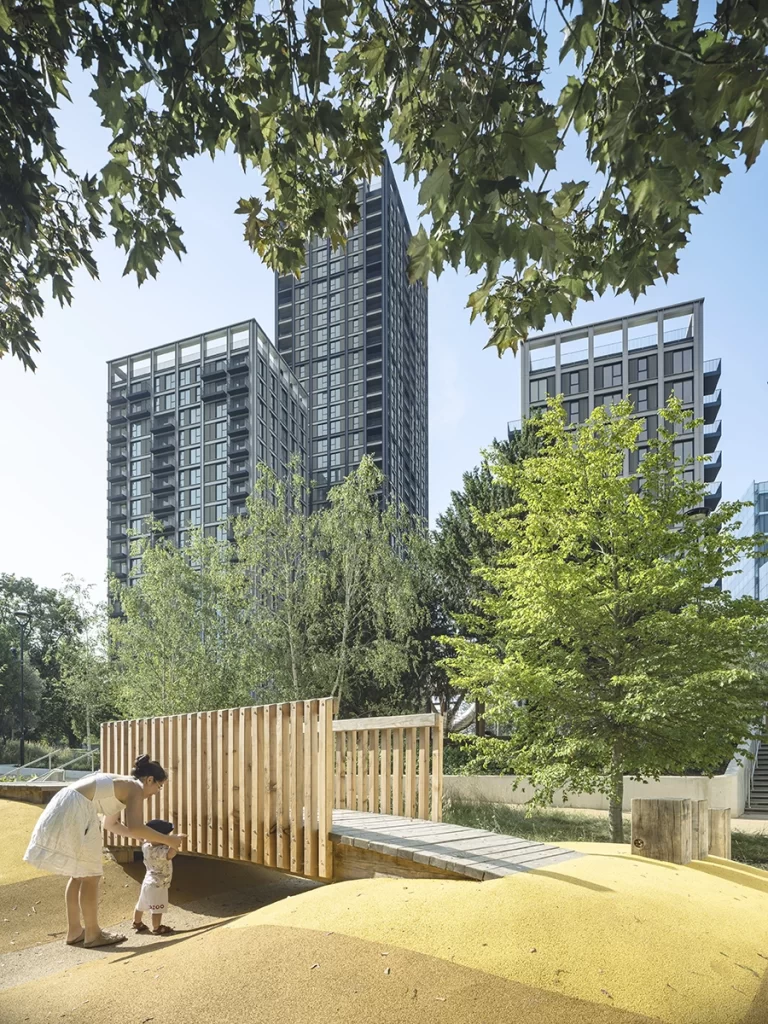 Below are our top 10 tips for a landscape architect looking to design a new playground
Below are our top 10 tips for a landscape architect looking to design a new playground
- Understand Your Client’s Needs: Collaborate closely with your client to understand their vision, budget, and site constraints. Tailoring the design to their specific requirements is key to creating a successful playground.
- Prioritise Safety Regulations: Familiarise yourself with play safety regulations (such as EN 1176) to ensure compliance throughout the design process. Safety should always be a top priority.
- Utilise 3D Design Software: Harness the power of 3D design software to visualise ideas and ensure accuracy in play equipment design. This technology enhances collaboration and helps clients better understand the final product. It also help play inspectors to review design before they are built and installed.
- Customise Playground Equipment: Embrace flexibility by opting for customisable playground equipment. This allows you to adapt designs to fit unique spaces and create a cohesive, organic feel within the playground.
- Blend Bespoke and Off-the-Shelf Solutions: Strike a balance between bespoke and off-the-shelf playground equipment to achieve uniqueness without compromising affordability. This hybrid approach offers the best of both worlds.
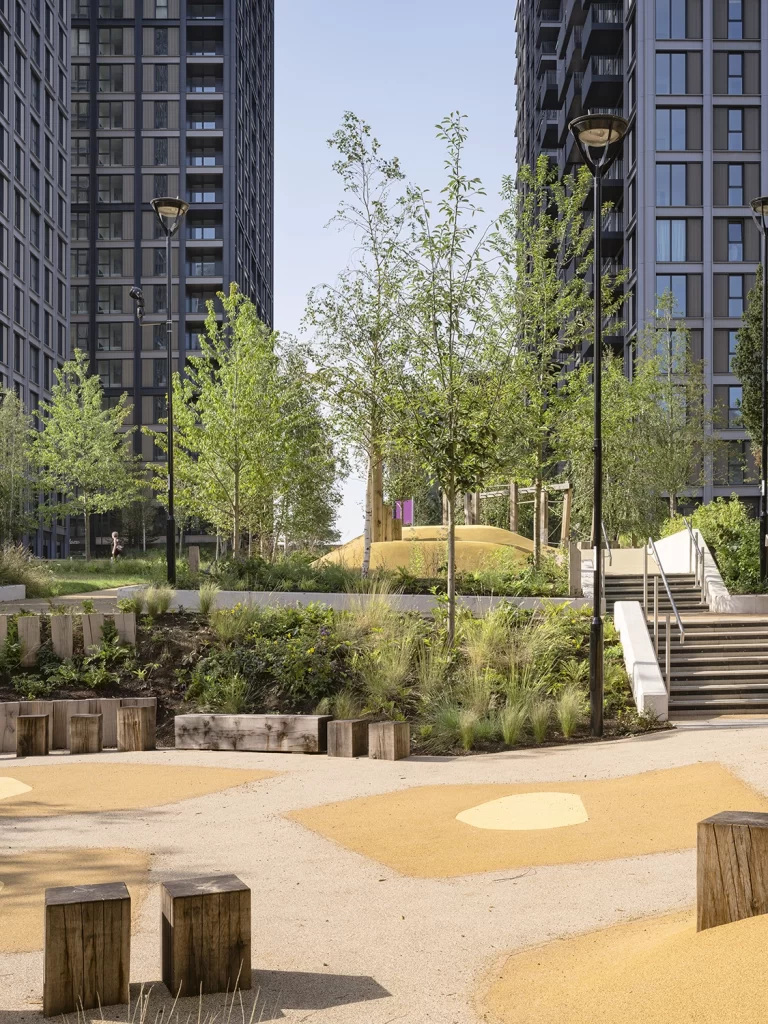 Explore Product Catalogues and CAD Blocks: Take advantage of product catalogues and downloadable CAD blocks to streamline the design process. These resources provide valuable insights into scale, location, and budget considerations.
Explore Product Catalogues and CAD Blocks: Take advantage of product catalogues and downloadable CAD blocks to streamline the design process. These resources provide valuable insights into scale, location, and budget considerations.- Optimise Adaptability: Choose playground equipment that can be easily adapted to suit changing needs or site conditions. This ensures longevity and flexibility in design.
- Seek Specialised Design Services: Consider partnering with specialised design firms for larger projects. Their expertise in play design and engineering can elevate the quality of your playground design and streamline the tendering process.
- Ensure Safety Assurance: Collaborate with independent play safety inspectors to conduct rigorous safety assessments at every stage of the project. This ensures that the playground meets all necessary safety standards and mitigates risks.
- Embrace Collaboration and Innovation: Foster a client-centric approach that encourages collaboration and innovation. By embracing fresh perspectives and pushing design boundaries, you can create playgrounds that cater to the evolving needs of urban environments.
Understanding Your Needs
As a design-centric business, we recognise the challenges in creating outstanding play spaces. Years of collaboration with landscape architects have given us invaluable insights into industry frustrations. From initial conception to practical completion, we’re committed to guiding you through every step of the project from first concept to practical completion.
How We Work
Initial Consultation
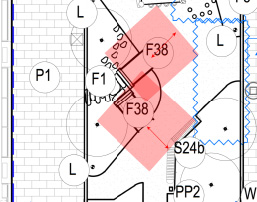 Our process typically begins with an introductory call or online meeting, usually around RIBA stage 3. During this discussion, we delve into your design concepts, considering factors such as materiality, space, budget, and site context. Drawing upon our expertise, we provide insights on:
Our process typically begins with an introductory call or online meeting, usually around RIBA stage 3. During this discussion, we delve into your design concepts, considering factors such as materiality, space, budget, and site context. Drawing upon our expertise, we provide insights on:
• Play safety regulations. (EN 1176)
• Structural engineering aspects
• Fundamental principles of play design
Through this initial meeting we create a blueprint for the site. We then fine tune the general arrangements to factor in details such as required fall zones. The design of equipment is then adapted to the space giving the organic feel we are well know for.
3D Playground Equipment Design
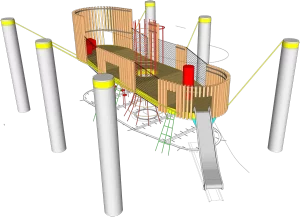 We prioritise the utilisation of 3D design software for creating play spaces and playground equipment. This method offers numerous benefits, including enhanced visualisation of ideas for both us and our clients. Moreover, it significantly aids in ensuring play safety and engineering accuracy. Before fabrication commences, our 3D models undergo thorough online inspection by an independent play inspector. This serves as assurance to all stakeholders that the designs adhere to stringent play safety standards. Additionally, upon request, we provide access to 3D models of our equipment for further exploration and evaluation.
We prioritise the utilisation of 3D design software for creating play spaces and playground equipment. This method offers numerous benefits, including enhanced visualisation of ideas for both us and our clients. Moreover, it significantly aids in ensuring play safety and engineering accuracy. Before fabrication commences, our 3D models undergo thorough online inspection by an independent play inspector. This serves as assurance to all stakeholders that the designs adhere to stringent play safety standards. Additionally, upon request, we provide access to 3D models of our equipment for further exploration and evaluation.
Bespoke and Semi-Bespoke Playground Solutions
While we excel in designing entirely bespoke structures, many projects benefit from a blend of bespoke, semi-bespoke, and off-the-shelf playground equipment. This hybrid approach combines tailored solutions with cost-effective elements, ensuring both uniqueness and affordability.
Product Catalogue and CAD Blocks
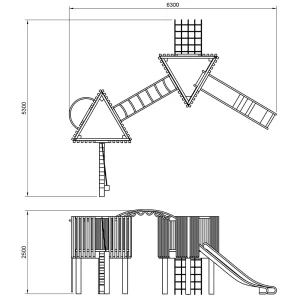 Our extensive product catalogue serves as an excellent starting point for your design journey. Each product features a free downloadable CAD block on our website, facilitating quick scale and location assessments within your CAD general arrangement. Moreover, transparent supply prices ensure budget alignment from the outset.
Our extensive product catalogue serves as an excellent starting point for your design journey. Each product features a free downloadable CAD block on our website, facilitating quick scale and location assessments within your CAD general arrangement. Moreover, transparent supply prices ensure budget alignment from the outset.
Customisation and Adaptability
Flexibility is at the core of our playground equipment offerings. All items are made to order, allowing for seamless adaptations to suit your project requirements. Whether it’s rotating a leg, adding ropes, or integrating multiple pieces, our equipment can be tailored to achieve an organic and cohesive final design.
Specialised Play Design Services
In addition to product offerings, we provide specialised design services for larger projects. As part of your team or as a subcontractor, we contribute expertise in play design and engineering, delivering stage 4 drawings for tendering purposes as needed. We are always at the end of a phone too if you have questions regarding what can and can’t be done. We are passionate about what we do and the value that a well designed playground brings so we are more than happy to assist.
Safety Assurance
Safety is paramount in all our projects. Through our established partnership with an independent play safety inspections company, we ensure rigorous safety standards at every phase, from design review to post-completion assessments. Our comprehensive risk assessments provide peace of mind, enabling ambitious designs with minimal risk.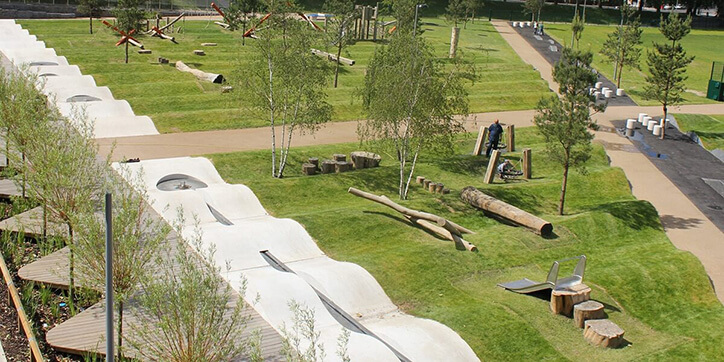
Client-Centric Approach
Every client collaboration brings fresh perspectives, driving our passion for innovation. We view play space creation as an opportunity for boundless imagination, and our collaborative process empowers clients to push design boundaries, resulting in superior end results.
As the role of a playground in an urban environment is ever evolving, the way in which we design playground equipment and playgrounds has to change too. By understanding the modern thoughts, philosophies and requirements of landscape architects we are in a prime position to create fantastic places that cater for today and the futures needs.
Connect with Us
To learn more about our collaborative design process and schedule a free online CPD session for your team, please contact us today by emailing info@playequip.com
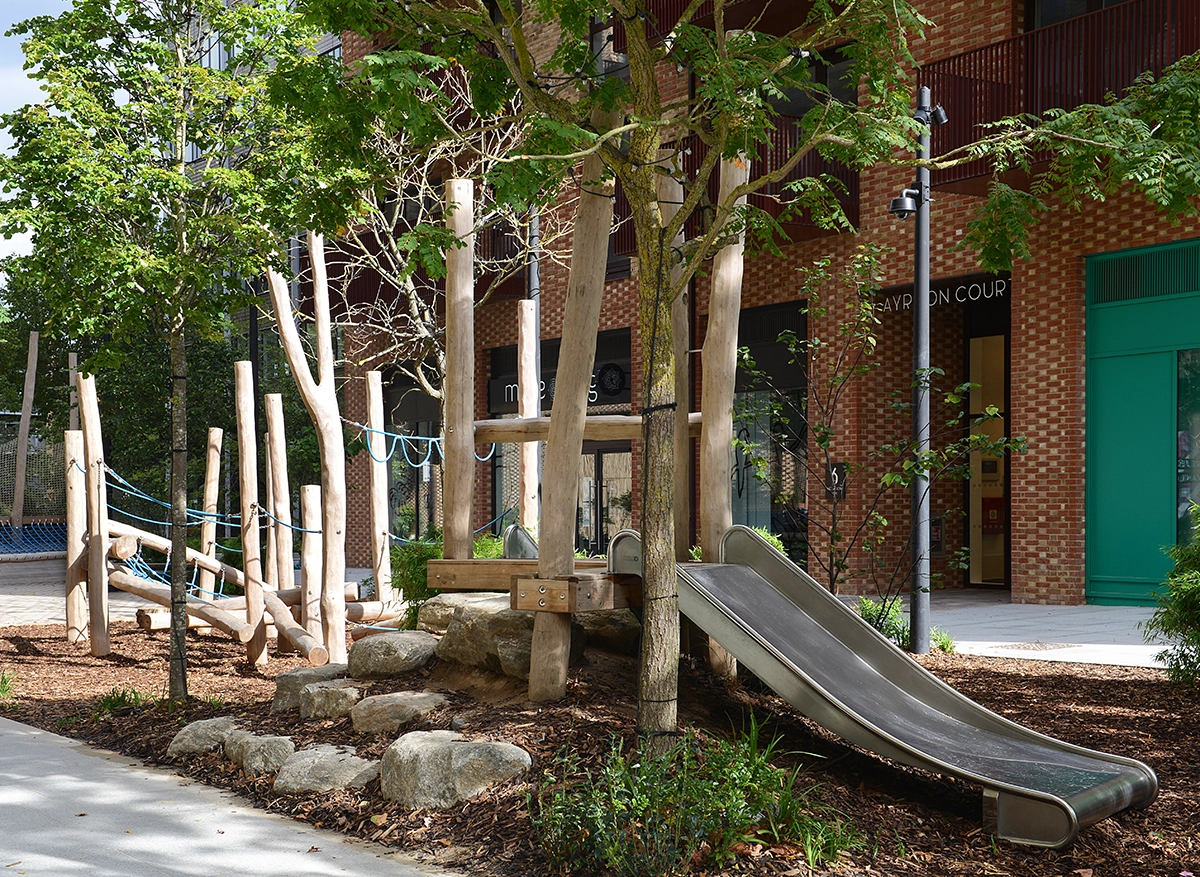
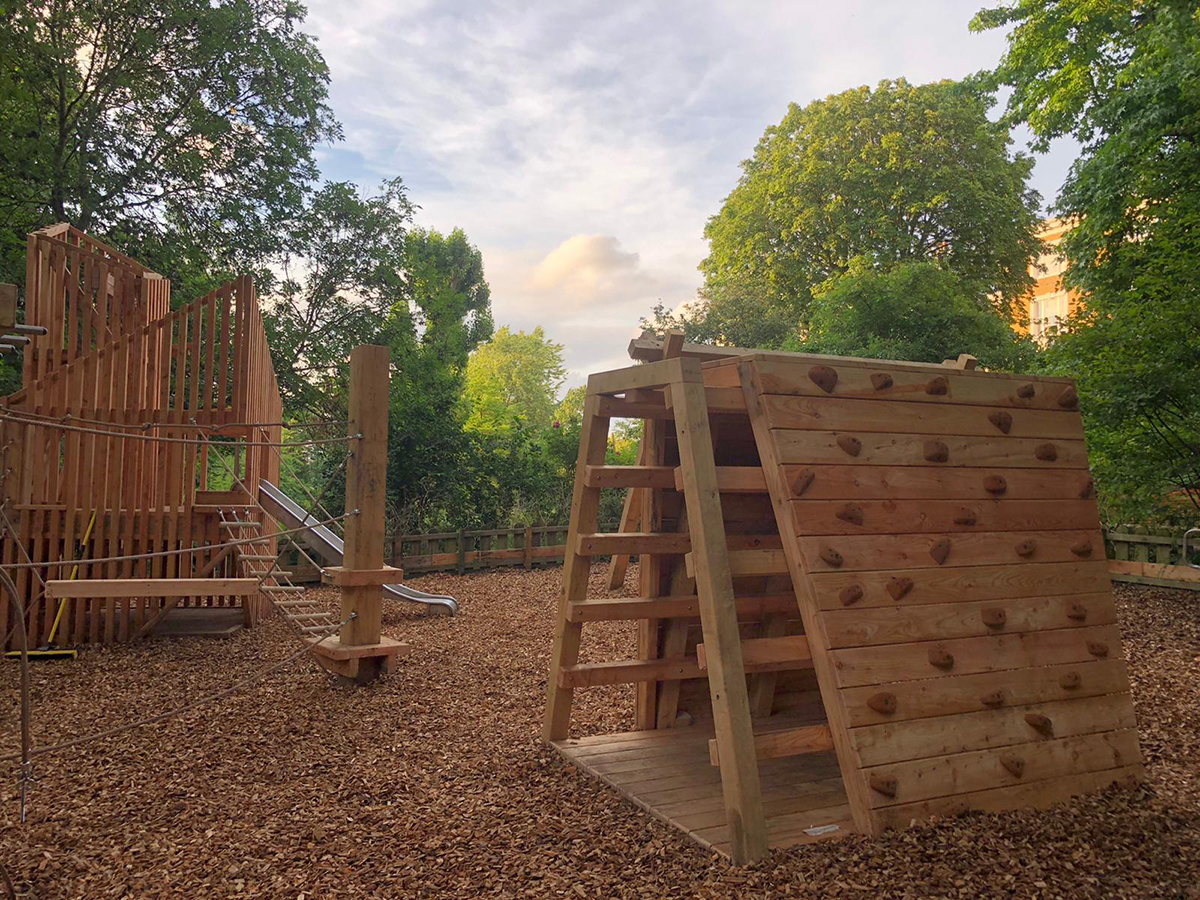
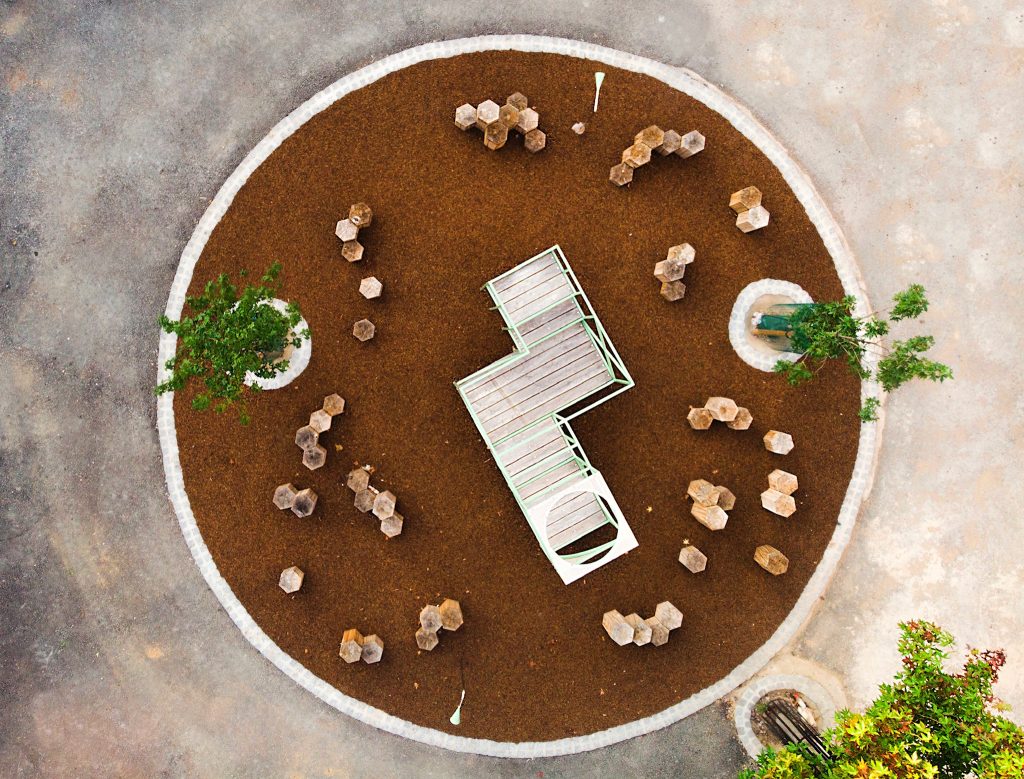
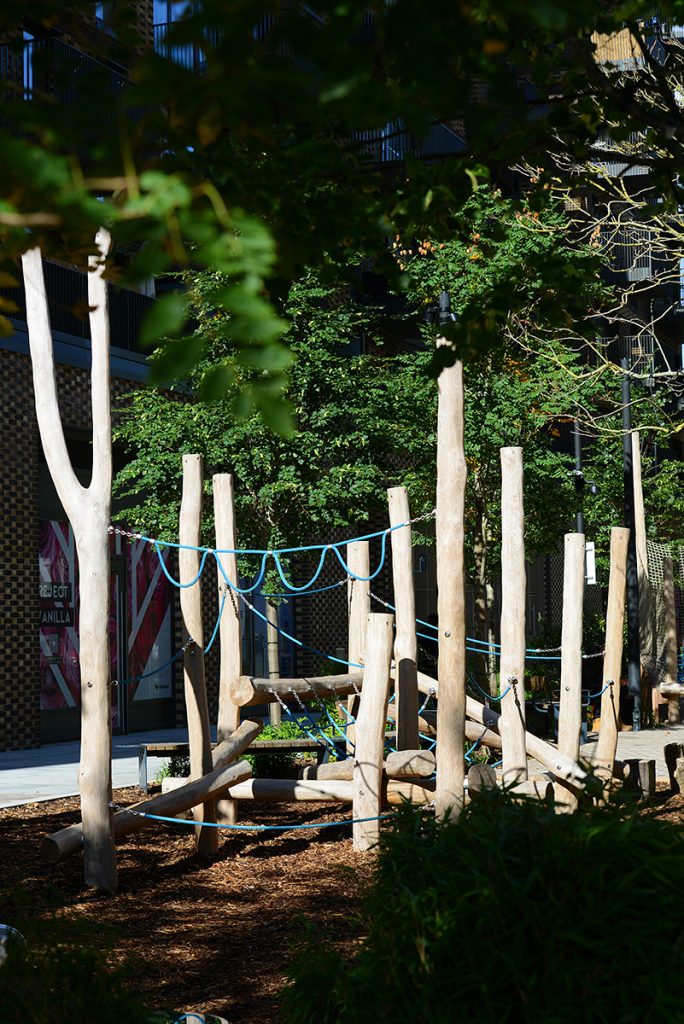

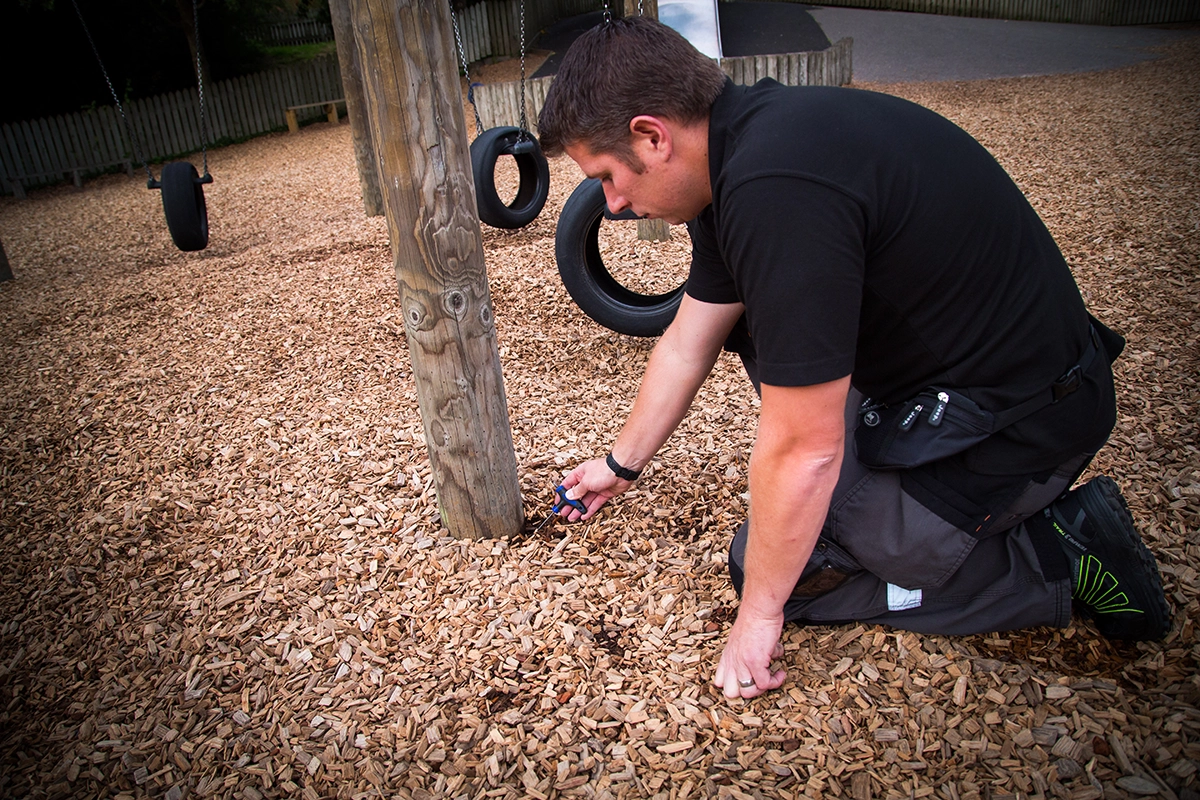
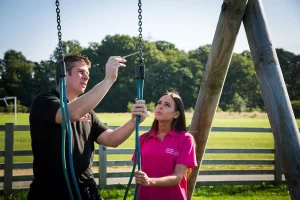 Safety Standards: A Necessity, Not an Option
Safety Standards: A Necessity, Not an Option Surfacing Matters: The Role of Impact-Absorbing Materials
Surfacing Matters: The Role of Impact-Absorbing Materials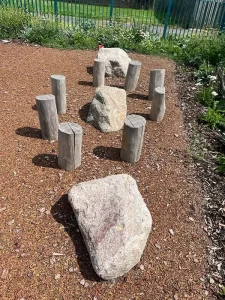 Inclusive Design: Safety for All
Inclusive Design: Safety for All Balancing Nature and Play: Incorporating Natural Elements
Balancing Nature and Play: Incorporating Natural Elements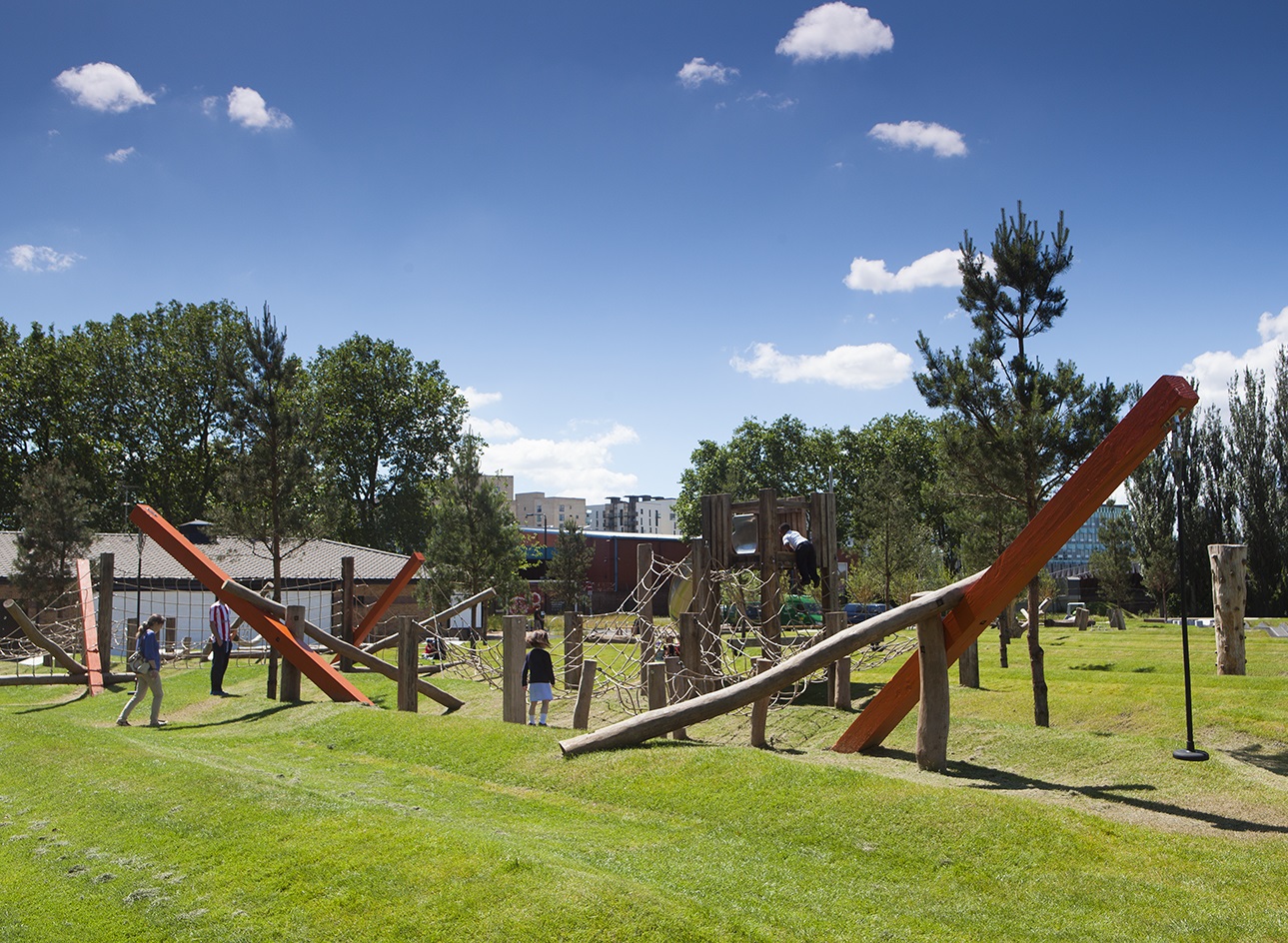
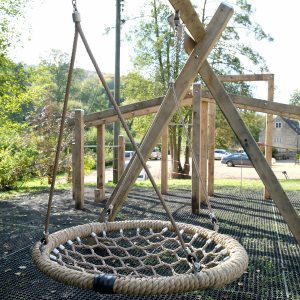 Swings are a timeless favourite on every playground, and they come in various forms, including traditional
Swings are a timeless favourite on every playground, and they come in various forms, including traditional  Slides are not only thrilling but also foster various skills and experiences. They come in different sizes and styles, including straight, spiral, and tube slides. Here’s why slides are essential:
Slides are not only thrilling but also foster various skills and experiences. They come in different sizes and styles, including straight, spiral, and tube slides. Here’s why slides are essential: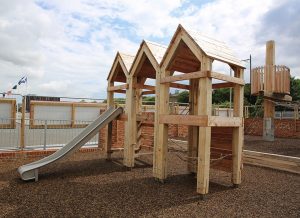 Climbing structures, such as clamber stacks and climbing walls, are fantastic for physical and cognitive development. They offer numerous benefits:
Climbing structures, such as clamber stacks and climbing walls, are fantastic for physical and cognitive development. They offer numerous benefits: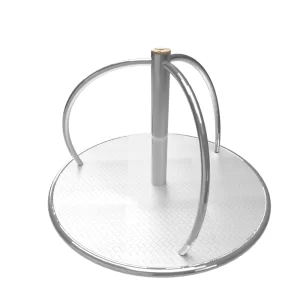 Spinners come in various forms, from traditional roundabouts to standalone spinners. They’re a playground favourite for several reasons:
Spinners come in various forms, from traditional roundabouts to standalone spinners. They’re a playground favourite for several reasons: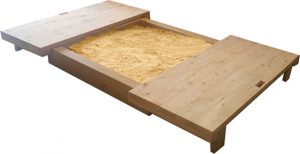 Sand and water play areas are often underestimated but provide a wealth of benefits:
Sand and water play areas are often underestimated but provide a wealth of benefits: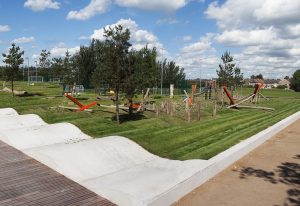 Through our years of designing the ultimate playgrounds we have observed some surprising favourite activities which can be provided on a shoestring.
Through our years of designing the ultimate playgrounds we have observed some surprising favourite activities which can be provided on a shoestring.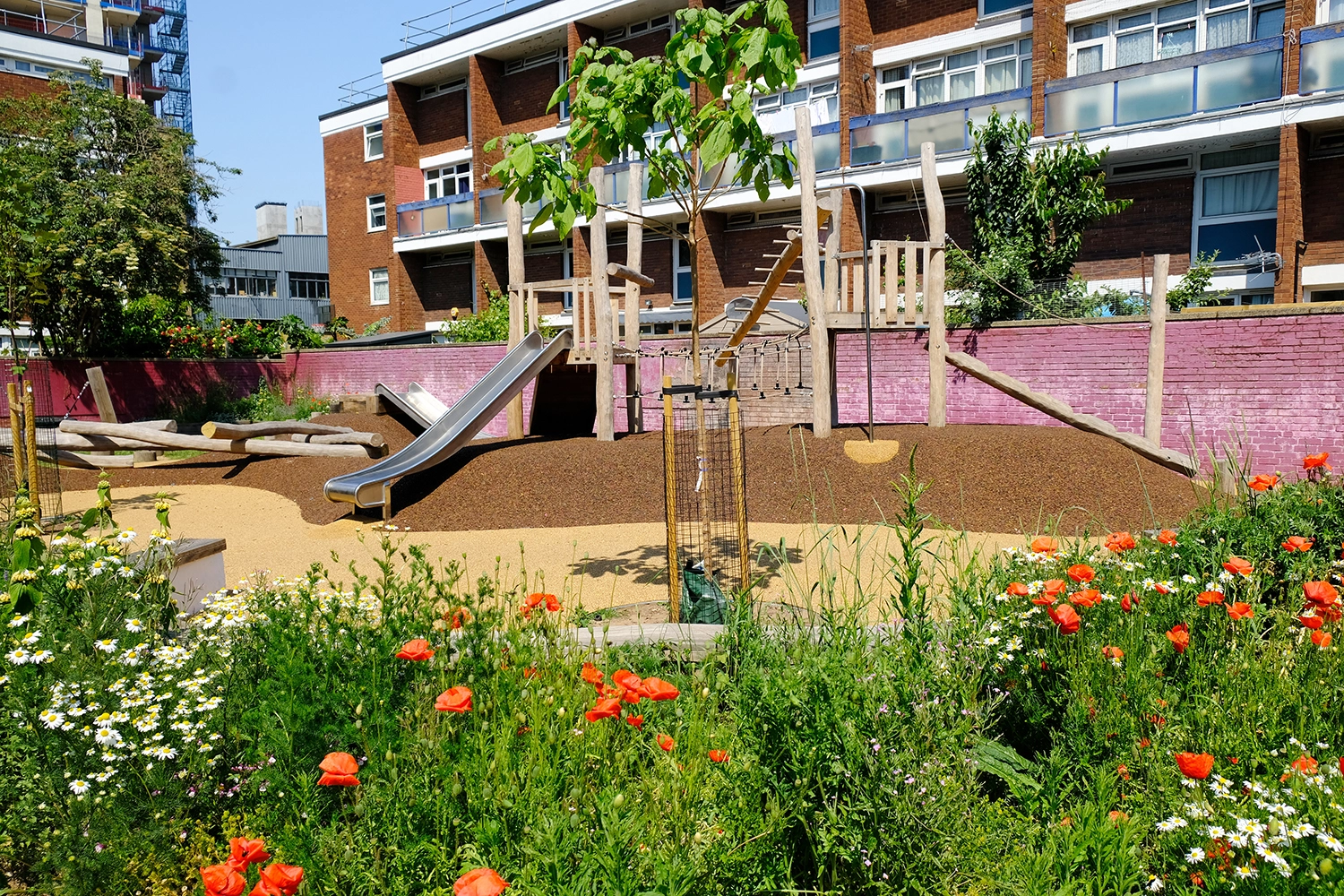
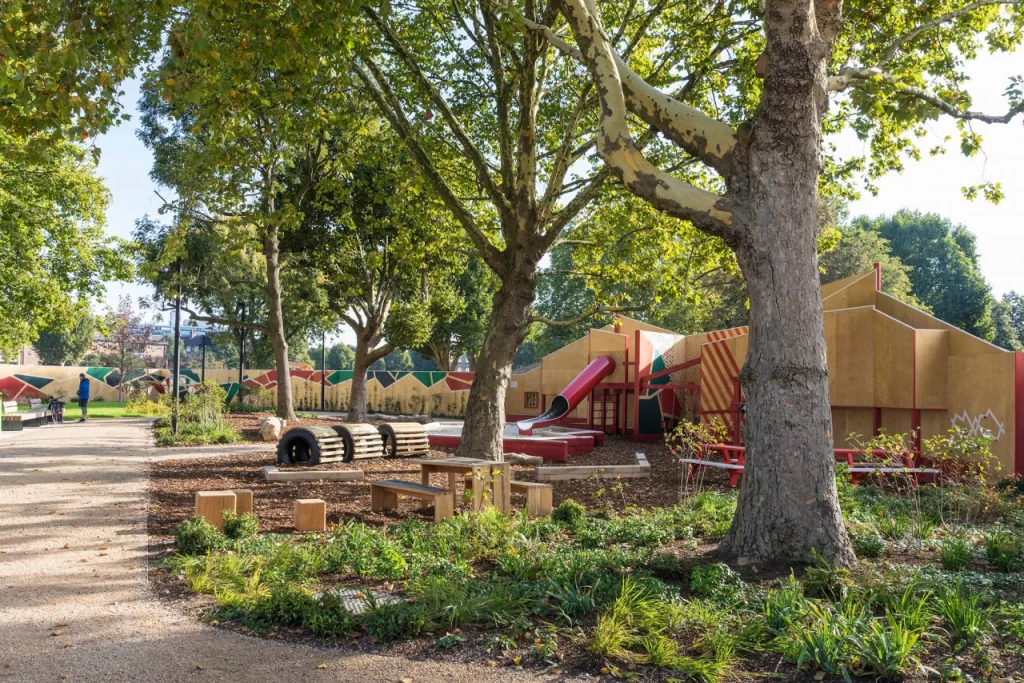
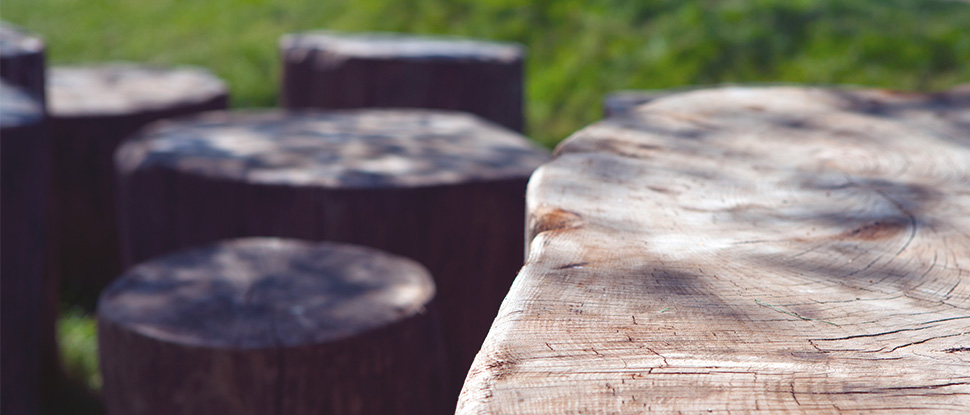
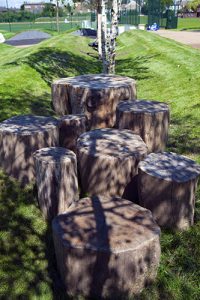
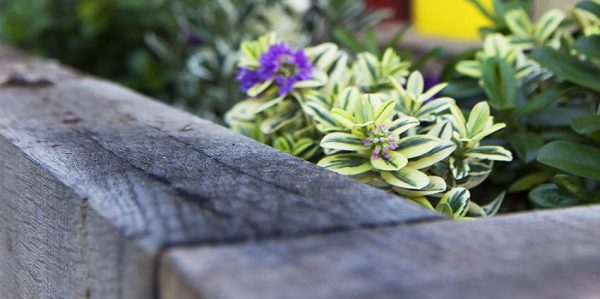
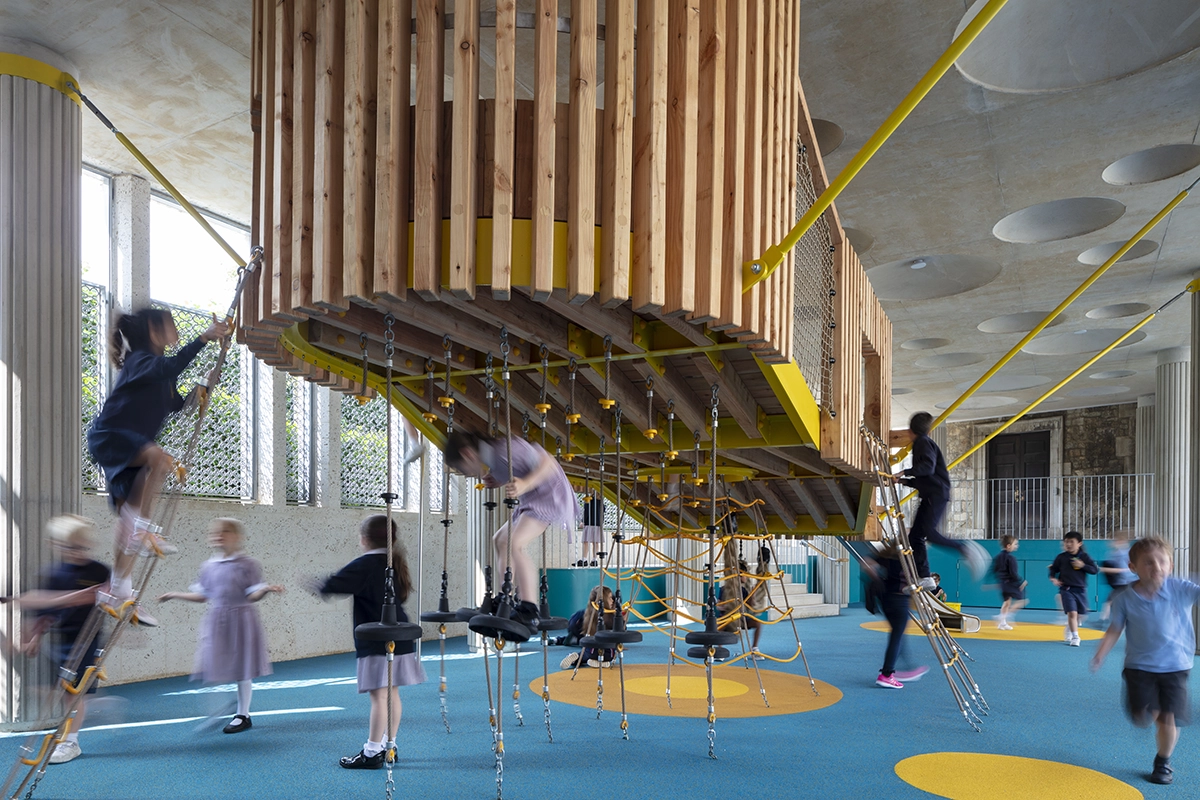
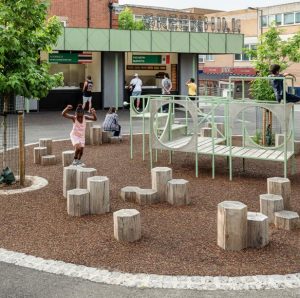 Playgrounds are essential for children’s physical and mental development, providing a safe and engaging environment for them to explore, socialise, and have fun. But what if you’re working with limited space? This is a common challenge particularly in an urban environment The good news is that even a small area can be transformed into a vibrant and exciting playground. In this guide, we’ll walk you through the steps to design a small playground that maximises fun and functionality.
Playgrounds are essential for children’s physical and mental development, providing a safe and engaging environment for them to explore, socialise, and have fun. But what if you’re working with limited space? This is a common challenge particularly in an urban environment The good news is that even a small area can be transformed into a vibrant and exciting playground. In this guide, we’ll walk you through the steps to design a small playground that maximises fun and functionality.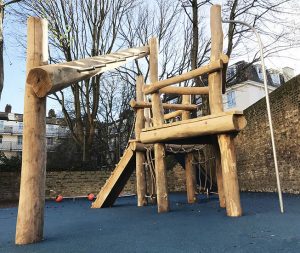 Safety should always be a top priority, regardless of playground size. Ensure that the play area has proper surfacing, such as rubber mulch or safety tiles, to cushion falls. Appropriate fall zone also needs to be factored in. This is a key detail that is often overlooked. It’s important to involve a qualified playground inspector during the design process. This ensures that the designs are compliant with the standards of
Safety should always be a top priority, regardless of playground size. Ensure that the play area has proper surfacing, such as rubber mulch or safety tiles, to cushion falls. Appropriate fall zone also needs to be factored in. This is a key detail that is often overlooked. It’s important to involve a qualified playground inspector during the design process. This ensures that the designs are compliant with the standards of 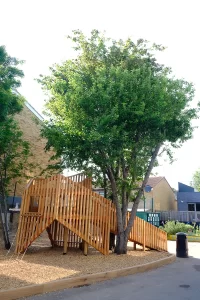
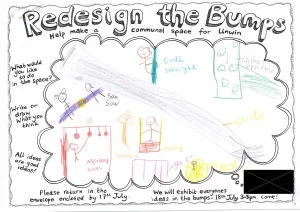 Designing a school playground is not a one-person job. Involving the school community, including specialist designers, independent play inspector, students, parents, teachers, and administrators, can lead to a more inclusive and successful design. Conduct surveys, hold meetings, and gather input to ensure that the playground meets the needs and preferences of everyone involved.
Designing a school playground is not a one-person job. Involving the school community, including specialist designers, independent play inspector, students, parents, teachers, and administrators, can lead to a more inclusive and successful design. Conduct surveys, hold meetings, and gather input to ensure that the playground meets the needs and preferences of everyone involved.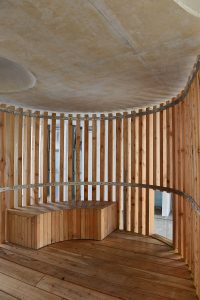 A well-organised playground should have different zones or divisions to cater to various age groups and activities. Consider dividing the playground into areas for younger children, older children, and potentially separate areas for specific activities such as sports, art, reading, physical play, or gardening. This division helps prevent conflicts and ensures that each group has access to age-appropriate equipment and activities.
A well-organised playground should have different zones or divisions to cater to various age groups and activities. Consider dividing the playground into areas for younger children, older children, and potentially separate areas for specific activities such as sports, art, reading, physical play, or gardening. This division helps prevent conflicts and ensures that each group has access to age-appropriate equipment and activities.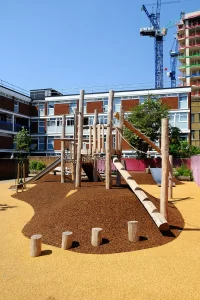 Selecting the right
Selecting the right 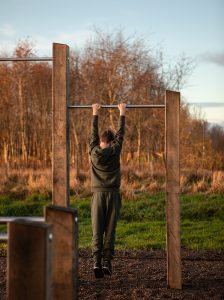 Encourage physical fitness by incorporating elements that challenge children’s physical abilities. This can include:
Encourage physical fitness by incorporating elements that challenge children’s physical abilities. This can include: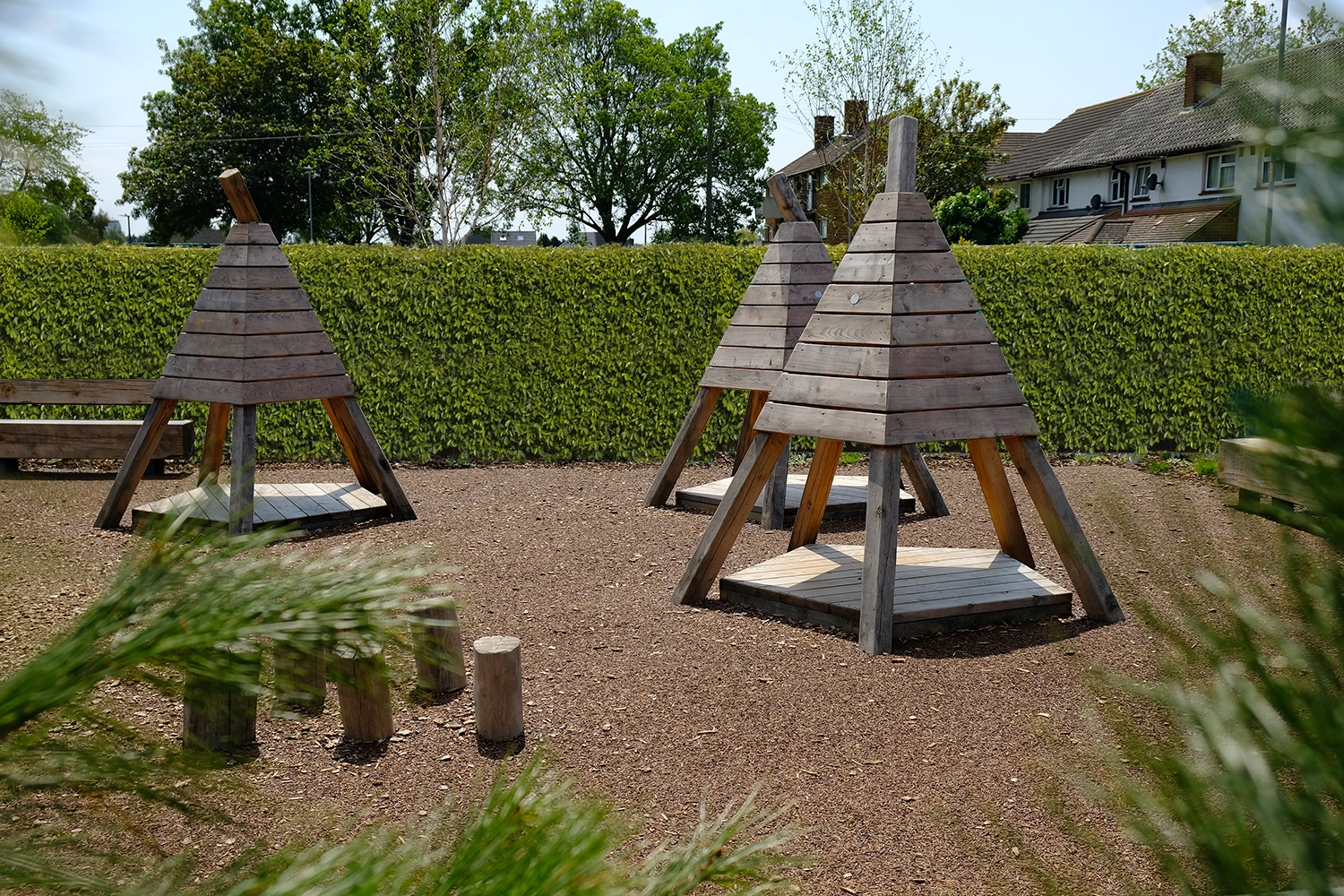
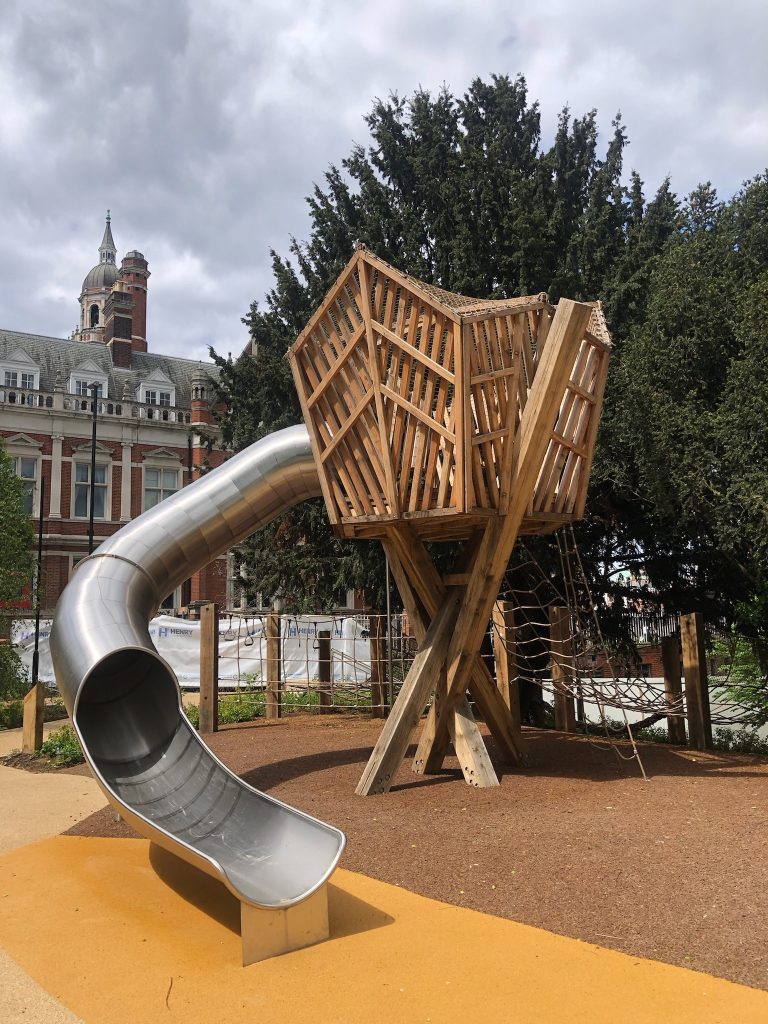
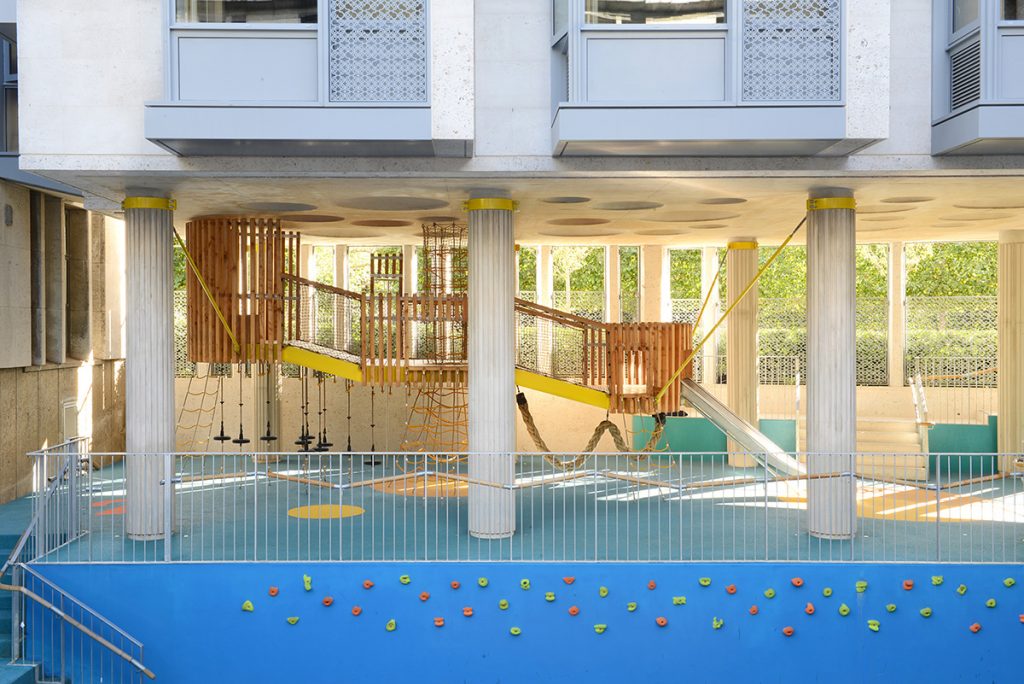
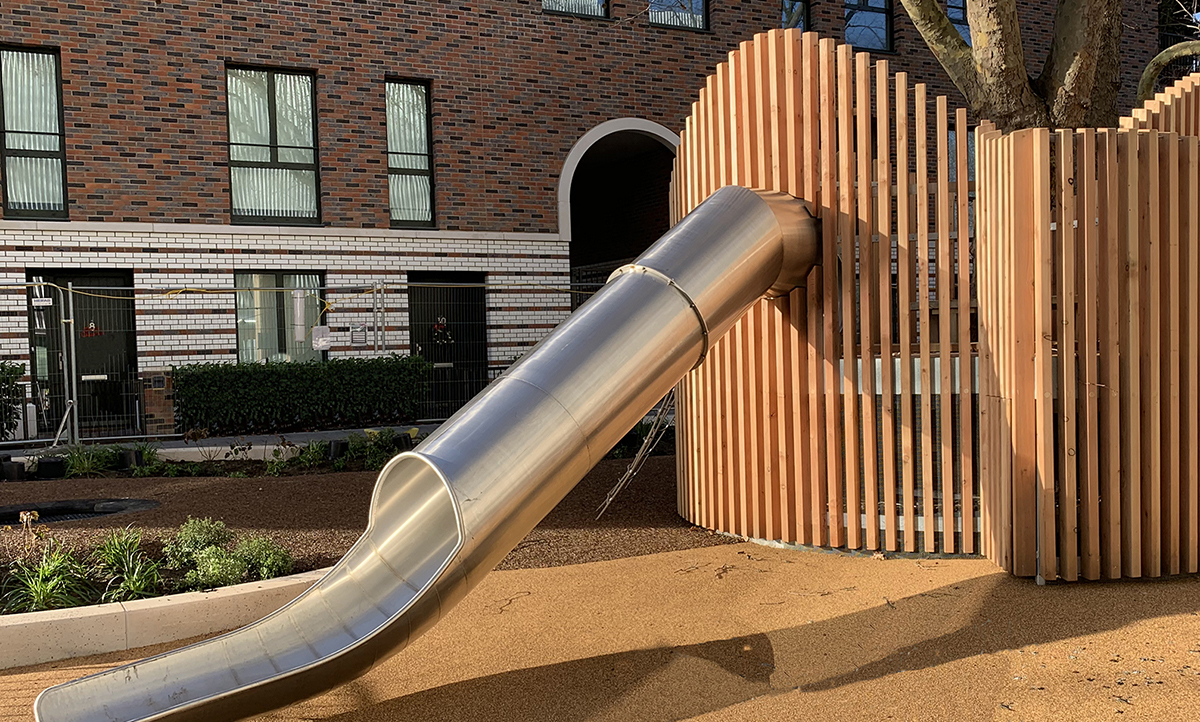
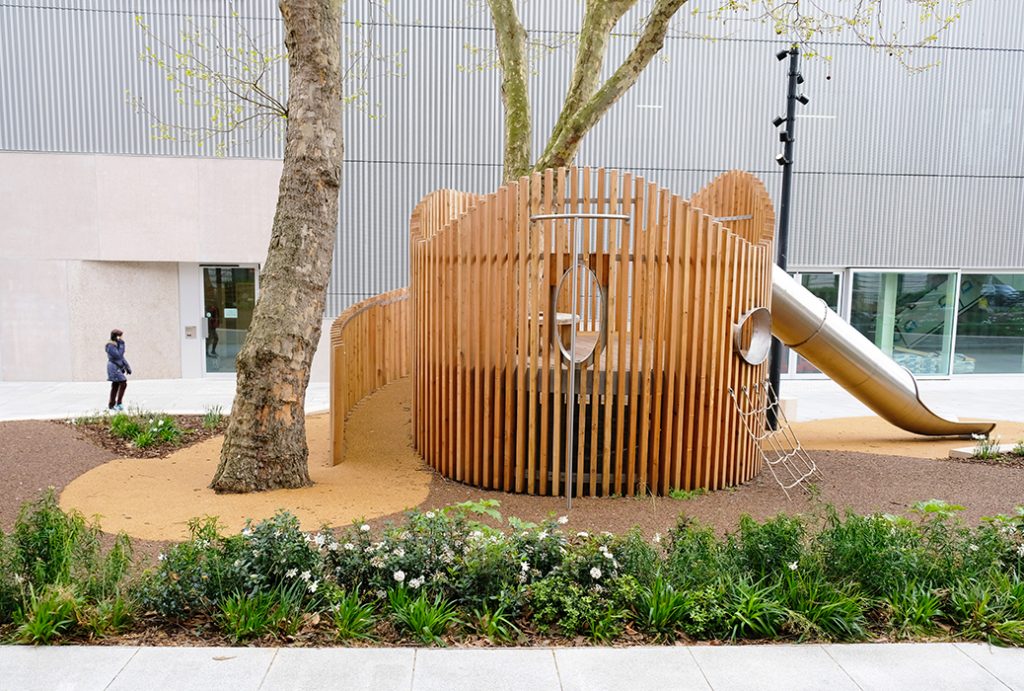
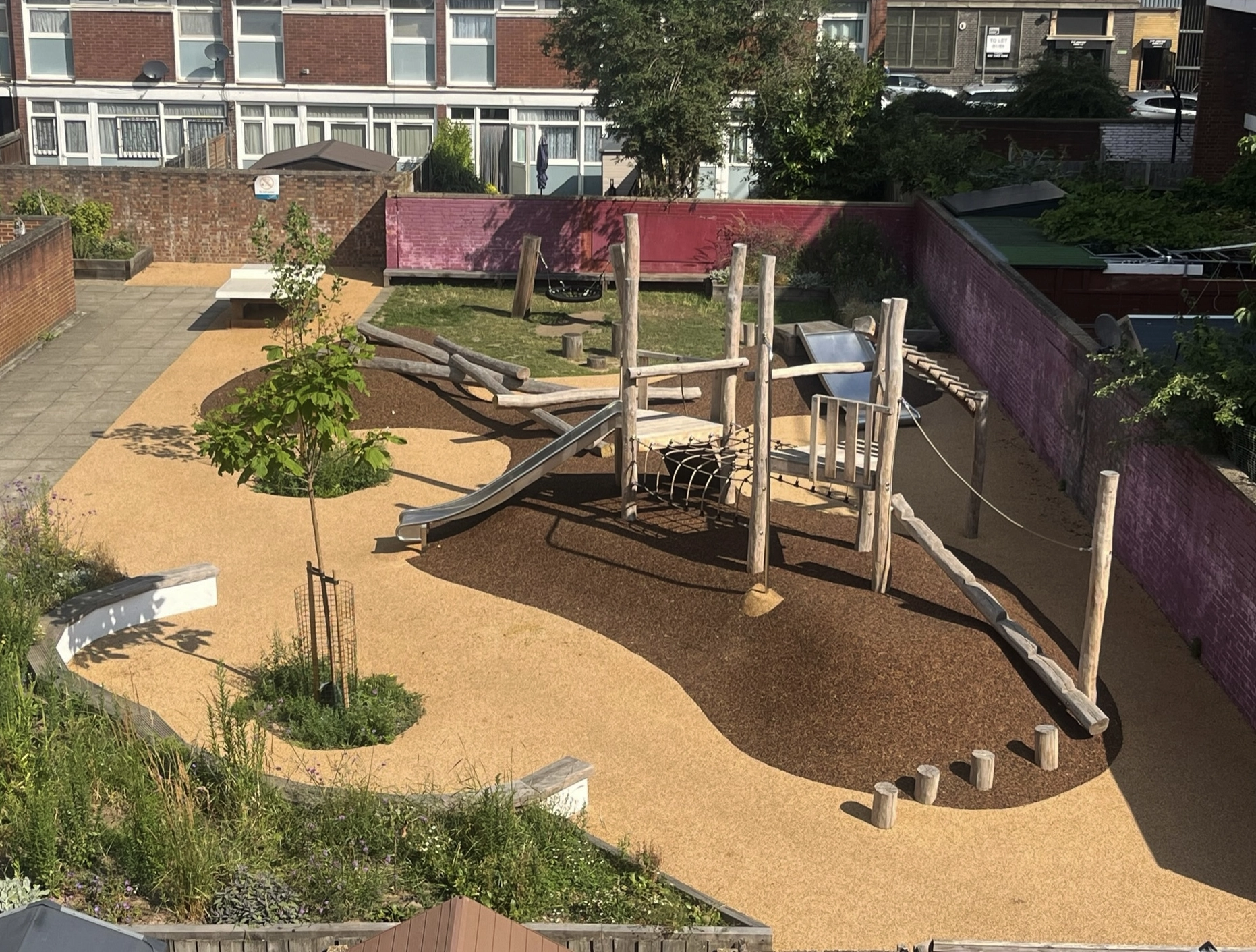
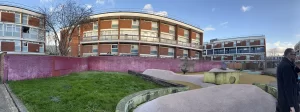
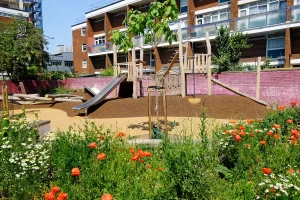
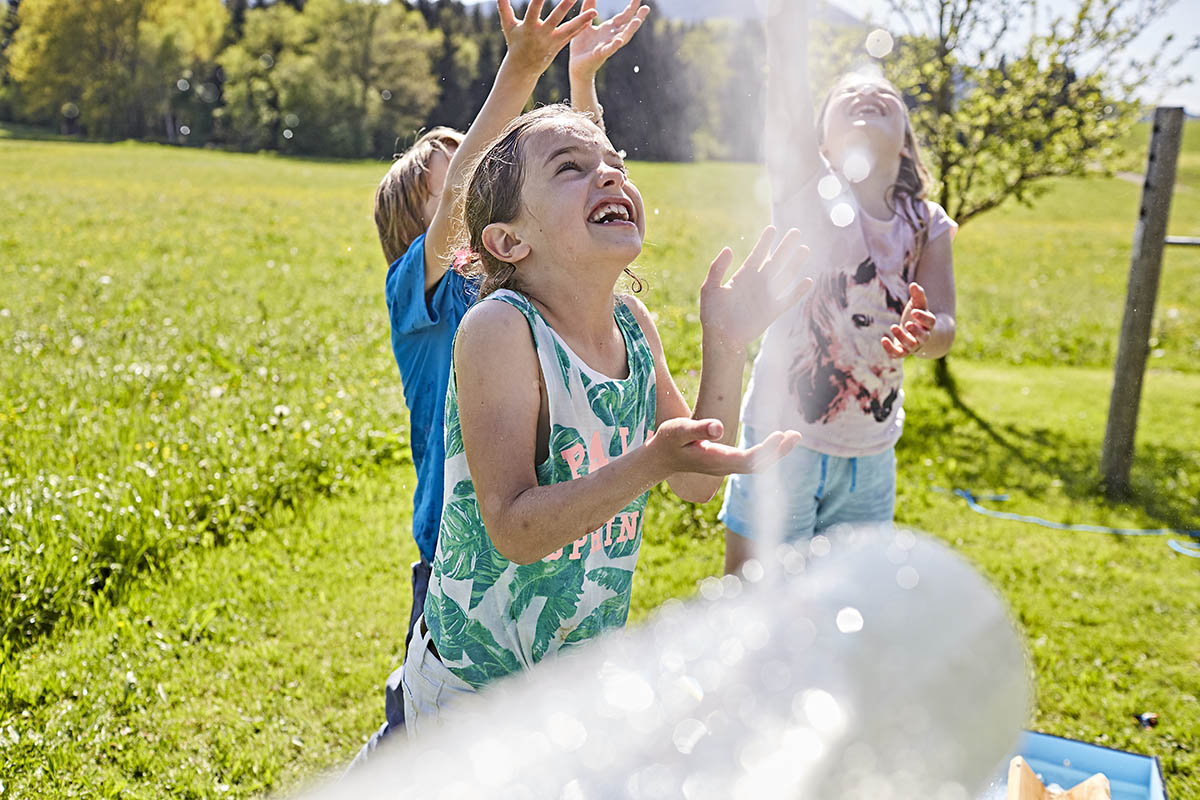
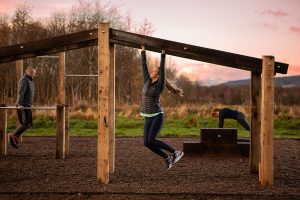
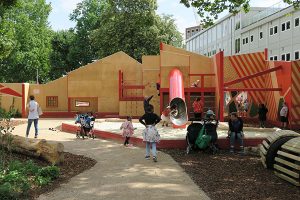 Company
Company 
